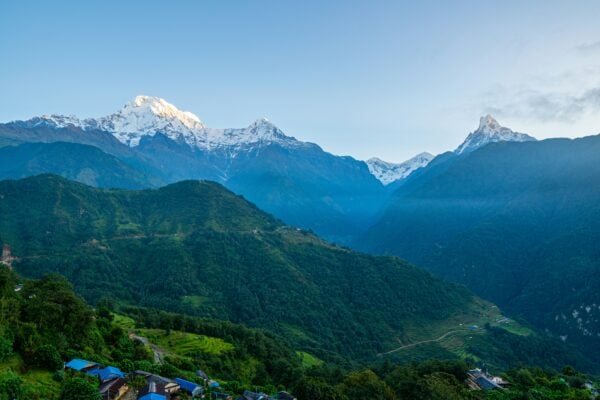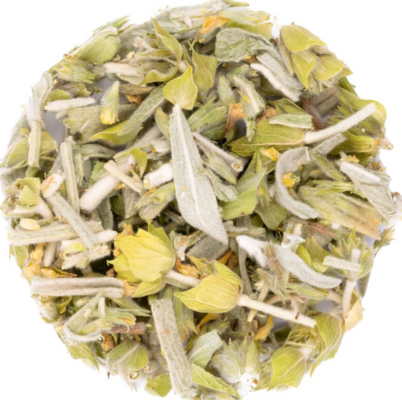When we think of tea plantations our minds immediately turn to the lush, sprawling green hills of India and China. So, it might surprise you that there is actually a place in Europe that has been producing tea for over a century. In the middle of the Atlantic Ocean lies a small Portuguese archipelago known as the Azores, and its biggest island of São Miguel is home to the oldest tea plantation in Europe.
It is believed that the production of tea in the Azores was started by a man named Jacinto Leite, a native of São Miguel, who was working as a commander of the Royal Guard of King John VI. Sometime around 1820, Leite was stationed in Brazil and decided to bring back seeds from the Camellia Sinensis plant he had obtained in Rio de Janeiro. As the 19th century rolled on, the orange trade, which was the economic pillar of the Azores, was in heavy decline due to the arrival of a bug, the “colchonero”, eating away at crops, and increasingly more competition from orange traders internationally. So, the Azores were desperately in search of a new crop they could champion, and tea turned out to be the perfect candidate.

The reason why growing tea in Europe is so difficult is first and foremost because of the climate. However, the volcanic soil of the Azores provides incredibly fertile land for the growth of tea. Furthermore, the misty and humid climate naturally repels pests. Even so, great conditions were only the first part, and the actual craft of growing and producing tea was still somewhat foreign to the farmers in the Azores. It is said that by the 1870s a number of Chinese tea farmers, headed by tea master Lau-a-Teng, were hired to show the Azorian farmers how to effectively grow tea on their soil.
At the height of tea production, the small island of São Miguel produced up to 250 tonnes of tea each year, and over a dozen tea plantations were operational on the islands. Unfortunately, in the aftermath of WWI changes in the policy of tea production made growing tea increasingly more difficult, and by 1966 only five of those plantations managed to survive. Today only two plantations still exist in the Azores, one of which is the Gorreana Tea factory, a family business founded in 1883. The factory produces black and green tea, still uses the original machines, and claims to not use any chemicals at their factory.
As mentioned before, growing tea in Europe is exceedingly difficult. Not only because of the climate, but also because of our stricter labor laws and the labor intensity needed for the production of tea. Even so, the domestic production of tea seems to be growing in Europe. Although most of them are still small and nowhere near industrial volumes of production, companies in countries like Scotland, France, and even Sweden all have made attempts at growing their own tea in the past few years, and will continue to do so.



